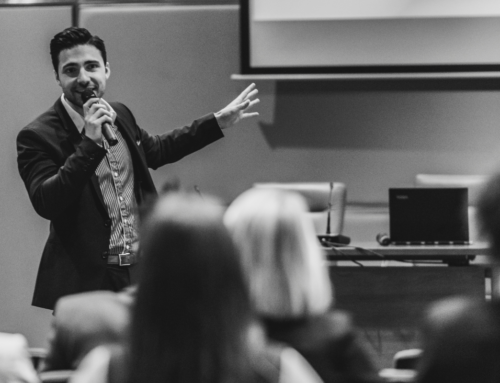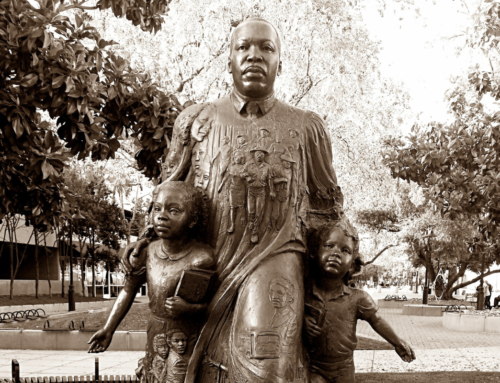This post is the third in a series of the basic building blocks of a great speech.
You’ve researched your audience, asked the right questions, and learned the particulars of the occasion. You’ve created the opening frame of the talk with an engaging story that hints at the glories to come. Now you’re ready to get down to it.
Remember that you asked yourself the question, what is the problem that the audience has for which my insights, expertise, or story is the answer? It’s time to get into that problem.
You will be strongly tempted to give the audience your answer right away. After all, you’re an expert on left-handed medieval bell ringers, that’s what they invited you to speak about, so that’s what you should give them, right?
Wrong. Perversely, the audience wants to hear why the lack of left-handed medieval bell ringers is a problem first – or perhaps why the audience’s lack of understanding of the finer points of such bell-ringing is an issue. First address the need, then offer your expertise.
As I’ve said before, the only reason to give a speech is to change the world. The only way to change the world is to move the people in front of you to action by changing their minds. To change their minds, you have to first make them feel the importance of an issue or a problem, then offer up your solution. If you give the answer first, you’ll only create resistance.
But if, on the other hand, you make your audience squirm for its lack of medieval bell ringers – especially the left-handed variety – you will then set that audience up to hear your clarion call for more bell ringers.
So jump into the issue or need with all the passion, stories, and facts you can muster. Just like former Vice President Al Gore did in his “An Inconvenient Truth” talk (and documentary). Did he talk solutions first? Nope. He spent most of his talk – too much, in fact, but that’s another blog post – on the problem of global warming.
That created, in the audiences that hear it, a need for action, a desire to do something about global warming. Whatever your topic, create interest in it, and a need for your particular expertise and insights, by relating it first to a need or problem the audience has. That will prime them to hear you out, and even act on your solution when it finally comes.
If you want to change the world, make the audience squirm before you offer them anything in the way of answers.
Below is an example from TED of Gore’s dwelling on the problem; the approach is similar to An Inconvenient Truth and will give you the idea.








Leave A Comment